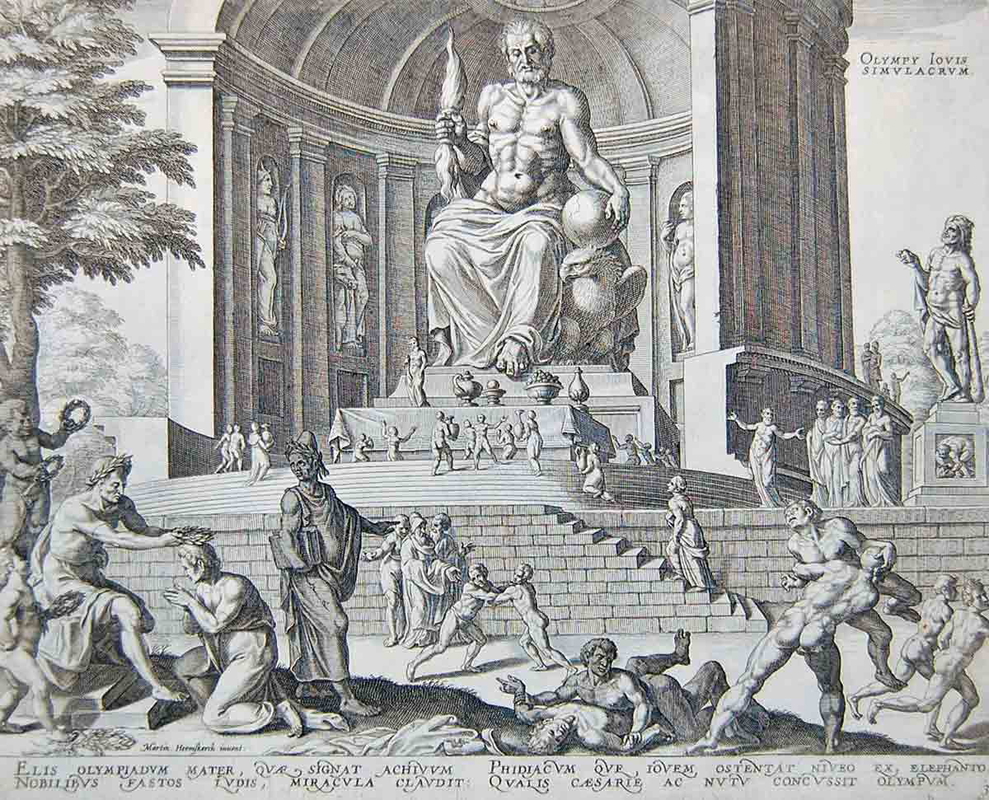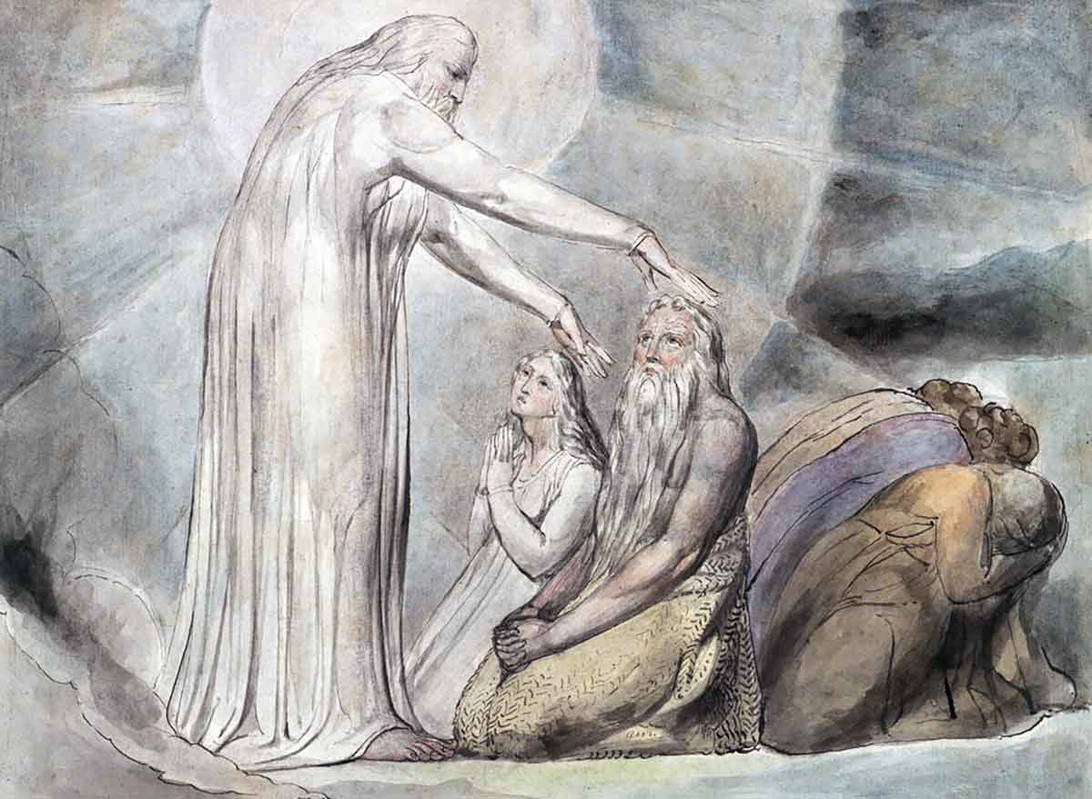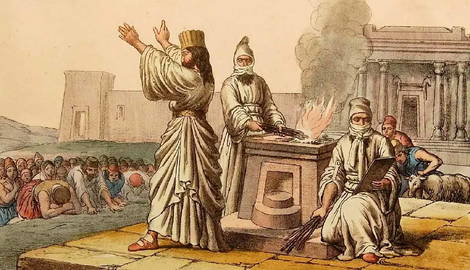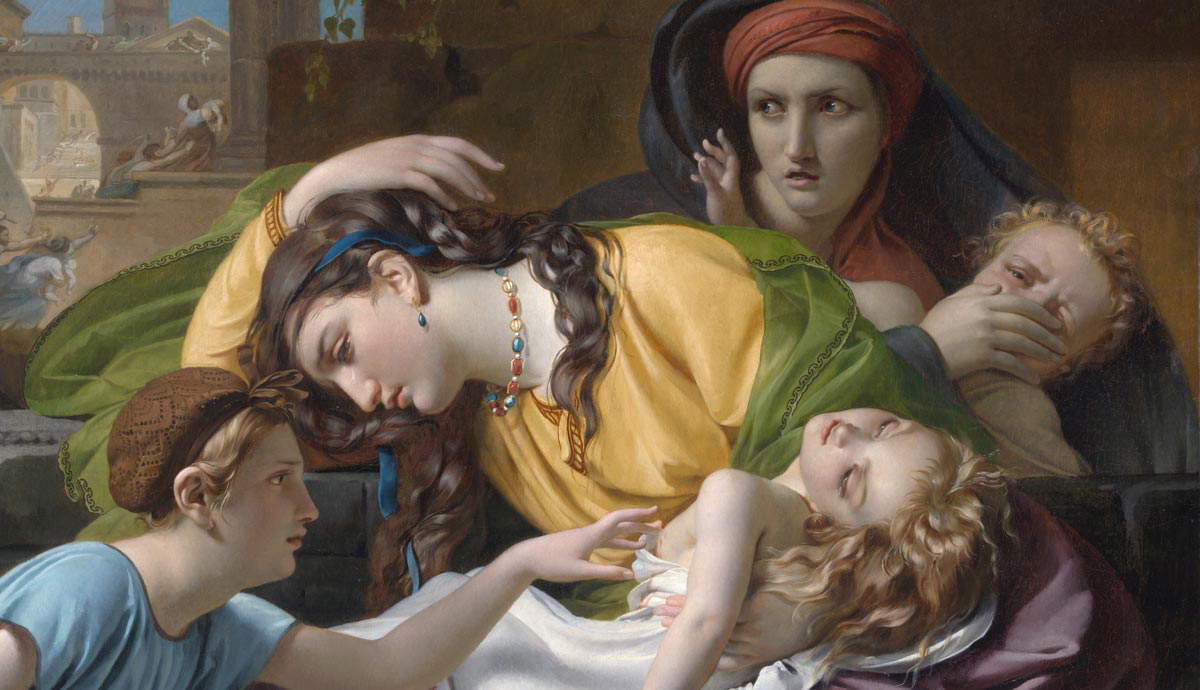
The concept of a single good God fighting a single bad God is very common today. While it has roots in ancient Persia and the rise of Zoroastrianism, the concept is the result of thousands of years of religious changes. Many early religions did not view the world this way since their gods were complex and morally gray. Early civilizations were polytheistic, meaning that they worshiped many gods and goddesses. Their deities were not perfectly good or purely evil, but powerful beings with human-like characteristics who could be helpful one day and destructive the next. Many of these gods laid the foundation for good vs bad religious beliefs.
Early Gods Demonstrating Good and Evil Forces

Ancient civilizations such as Mesopotamia had their own gods with their own unique personalities. The Mesopotamian god Enlil, for example, was a revered deity who was considered to be the god of wind and storms. At times, Enlil could grant blessings to kings and ensure good harvests. This also made him a source of life. Yet in the Epic of Gilgamesh written around 2100 BCE, Enlil was said to have sent a great flood to destroy humanity. He apparently did this because humans were too noisy. The act was not seen as that of pure evil but as the fearsome and reactionary act of a powerful god.

Ancient Greeks also had a similar view. They believed that Zeus was the king of the gods and a figure of justice who maintained order in the cosmos. However, he at times caused immense suffering.
The First Major Shift

The first major shift toward a good versus bad divine god came from ancient Persia. Specifically, from a religion called Zoroastrianism. Its faith was founded by the prophet, Zoroaster, also known as Zarathustra. He is believed to have lived somewhere between 1500 BCE and 1000 BCE. His teachings were a radical departure from older beliefs. According to his teachings, there was one supreme good God whose name was Ahura Mazda. Ahura Mazda was also the creator of all things good and which represented truth and light.
Opposing him was a powerful evil spirit called Angra Mainyu or Ahriman. Because Angra Mainyu was the creator of all things evil, he represented sin, darkness, and chaos. According to Zoroastrianism, there exists a cosmic battle in which Ahura Mazda and Angra Mainyu are locked in a 12000-year battle. Humans are not just spectators in the fight, but are soldiers in the war.

According to the religion, every good thought and deed helps Ahura Mazda and every evil action helps Angra Mainyu. It was a revolutionary idea because it presented the universe as a clear moral struggle and gave humanity a central role in the outcome. As a result, Zoroastrian ideas started to spread fast and became highly influential when the Persian Achaemenid Empire grew powerful.
How Zoroastrian Ideas Influenced Judaism

The Achaemenid Empire reached its peak around 500 BCE. During this time, it controlled vast territories including Babylon. This had a profound impact on Judaism as it now faced a new popular religion. In 586 BCE the Babylonian Empire conquered the Kingdom of Judah and destroyed the Temple in Jerusalem. It then forced many Jews into exile in Babylon. Decades later in 539 BCE, the Persian king Cyrus the Great conquered Babylon and allowed the Jews to return. During their exile, Jewish people had been exposed to Persian culture and Zoroastrian dualism.
The exposure changed the concept of evil in Judaism. In early Jewish texts, Satan was not an evil figure, as the Hebrew term ha-satan means the accuser or the adversary. In the Hebrew Book of Job, Satan was a member of God’s heavenly court who worked for God because his job was to test the faith of humans. As such, he was not God’s enemy.

After the Babylonian Exile, the perception of Satan began to change and he slowly transformed into a more malevolent figure. He was now a force of evil who actively opposed God and tempted humanity. The newer version of Satan was much closer to the Zoroastrian Angra Mainyu, and so the evolving concept of a primary evil being was then passed from later Judaism into religions such as Christianity and Islam.
Gnostic Belief

In the first few centuries CE, a collective of religious movements emerged which are now called Gnosticism and Gnostics. Gnostics identified with the God of the Old Testament as one that created calamities and demanded sacrifices as an imperfect being and not the true God. They believed that redemption from dark forces was only possible through Gnosticism (secret knowledge).









